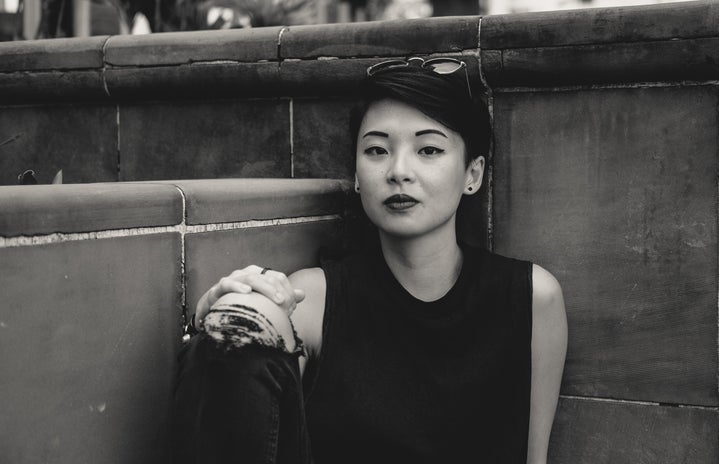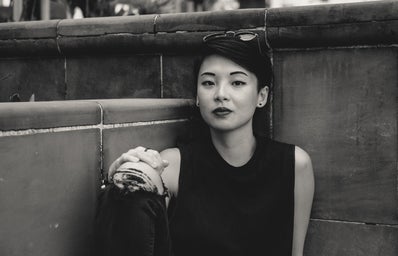Trigger Warning: This article contains mentions of violence, guns, racism, and rape.
Breaking news, a not-so-new disease is still rapidly spreading across the nation, leaving Asian women vulnerable to violence. Yellow Fever is “a sexual fetish rooted racialized and gendered stereotype, most commonly held by white men for Asian and Asian American women. Such stereotypes include an assumption that Asian women are shy, submissive and conformist, while also being viewed as exotic and different.”
There are many other stories involving violence against Asian women that have their roots in the long history of racism and misogyny. For example, on March 16, 2021, a white man named Robert Aaron Long, age 21 targeted three spas in the Atlanta metropolitan area, killing eight people including six Asian women. The shooter admitted to the police that he had a “sexual addiction” and had committed the shootings at the massage parlors to squelch his “temptation.” He added that he had previously attended massage parlors and that he carried out the acts in retaliation. In a press conference following the shooting spree, the police said that the shooter claimed the shooting was “not racially motivated.”
As an Asian woman, I have encountered many guys telling me how much they love Asian women, how they want to marry Asian women, and their history of dating Asian women. I always start with being skeptical and wonder if they have an Asian fetish, and then a wave of fear rushes through my system, especially when your Uber driver says those things. I know some people will say that most people have a type to which they are attracted, and Asian women can be one of them, but there is a difference between having a natural attraction and having a fetish. A type is based on a person’s taste, it can be physical like hair color, or personality-based like humor. But when someone projects certain kinds of behaviors and stereotypes on a person or even the entire group that they belong to, it is fetishization. When doing this, you can turn a person into something that is catered toward your own fantasy, not see them as a complete human being with complex layers of emotions and personality. This is what Asian women face regularly.
The term “yellow fever” first originated in the 18th and 19th centuries, a time when Western civilization was obsessed with incorporating Eastern art forms into Western art. Asian bodies were presented as objects of desire in museums and objectified as ornaments. The stereotype of Asian women as exotic and submissive was then further pushed by the popularization of the geisha. Southeast Asian countries particularly have a long history of imperialism by Western nations. Soldiers were pressured by the U.S. military to “release their anxiety, self-loathing, and hatred of the enemy onto Asian women’s bodies”. There were “camp towns” around military bases where sex work was common. Due to the unequal power dynamics, relationships between soldiers and Asian sex workers were exploitative with a foundation based upon the assumption of unlimited access to Asian women’s bodies. Therefore, white soldiers sexually abused, raped, and impregnated women. The colonial female bodies were significant to the growth and continuation of Asian women’s fetishization. The assumption that Asian women are more submissive and disposable than other women has also been fueled by the “model minority” concept. Additionally, movies have further propelled Asian women stereotypes like the “Lotus Blossom” and “Dragon Lady” in Western culture. These examples of media lead to the infatuation and fetishization of Asian women which have bled into the modern era.
Today, we can see yellow fever in action on dating sites, where men of almost every race, prefer Asian women. In 2019, Pornhub’s most searched terms were ‘hentai,’ ‘Japanese,’ ‘Korean,’ and ‘Asian.’ According to statistics on violence against Asian or Pacific Islander women, “23% experienced some form of contact sexual violence, 10% experienced completed or attempted rape, and 21% had non-contact unwanted sexual experiences during their lifetime.”
When Asian girls are exposed to these stereotypes early on, it can cause them to internalize these negative messages about their sexuality and self-worth. The harmful stereotypes about Asian girls and women can also breed violence, harassment, and discrimination. The model minority stereotype, which depicts Asians as high achievers but also as submissive and docile can result in Asian girls being pressured to perform well in school and the workplace, as well as restrict their opportunities and uphold traditional gender roles.
What is the cure?
It’s critical to acknowledge and analyze the violence that Asian women have experienced as a result of yellow fever. To understand how fetishization is being used as a weapon for violence, it is essential to listen to Asian women and educate yourself on the colonial history behind it. Furthermore, learn about the symptoms of yellow fever, and use that knowledge to protect Asian women, call out fetishization, and educate other people on the subject.
Can’t get enough of HC UMass Amherst? Be sure to follow us on Instagram, listen to us on Spotify, like us on Facebook, and read our latest Tweets!



